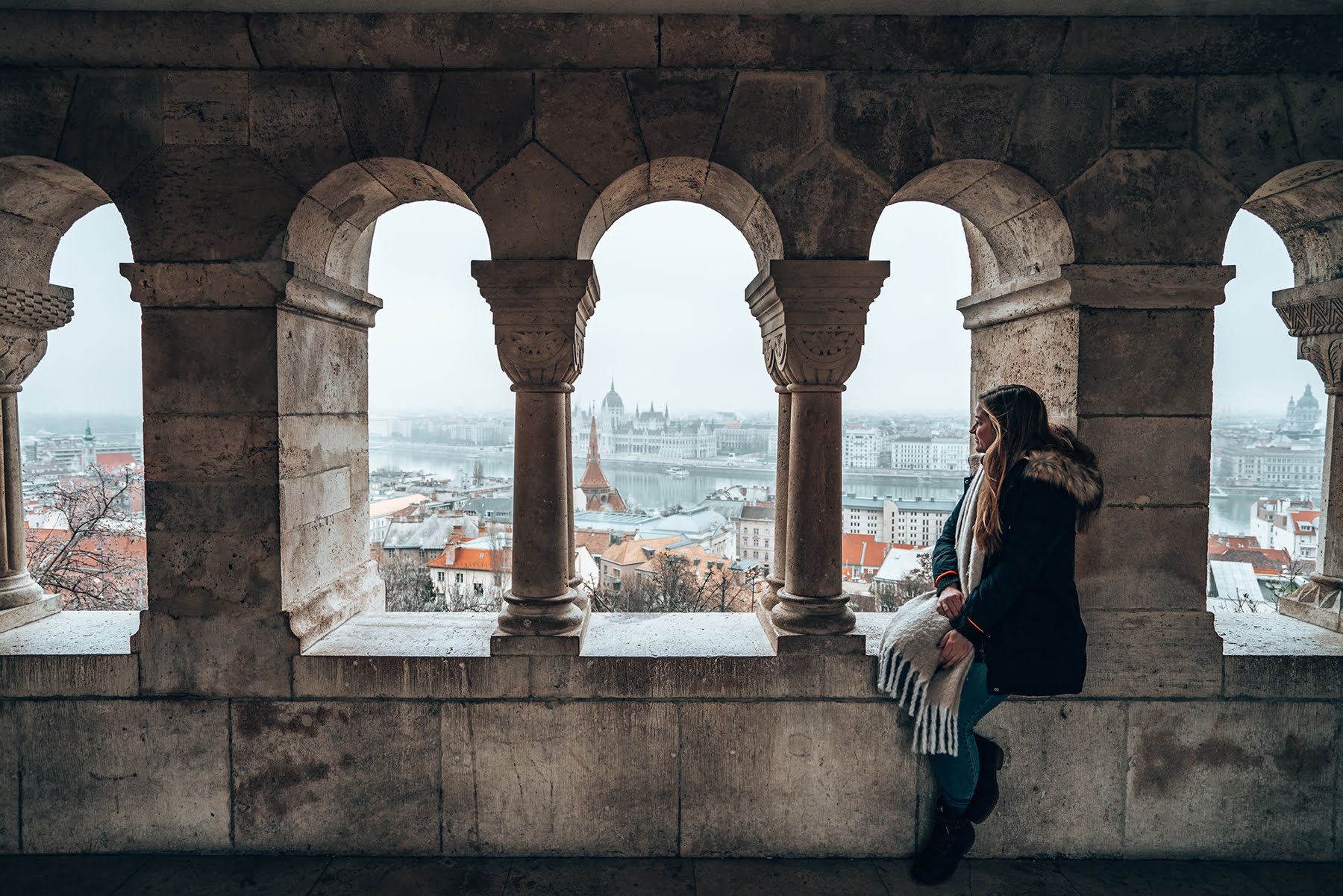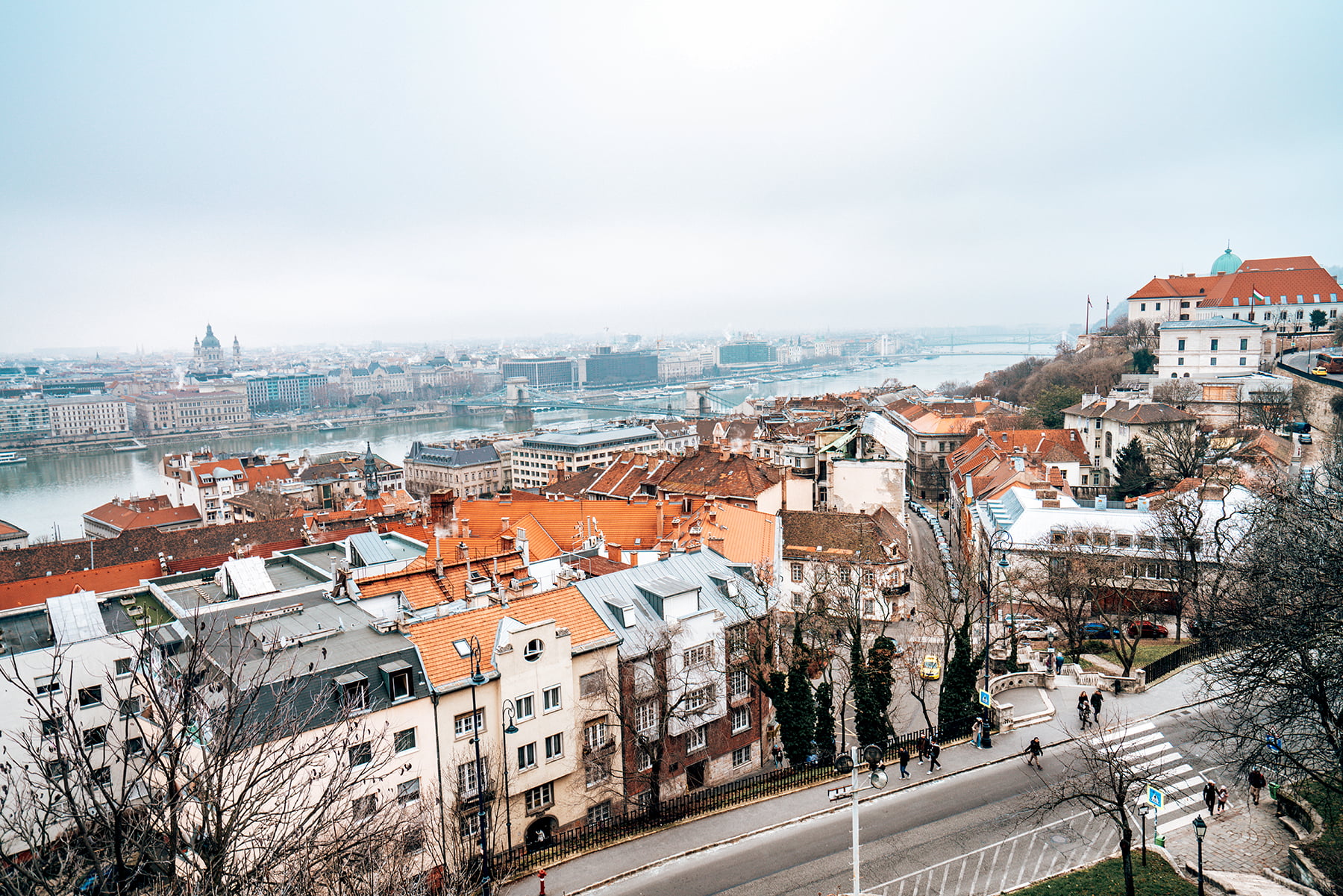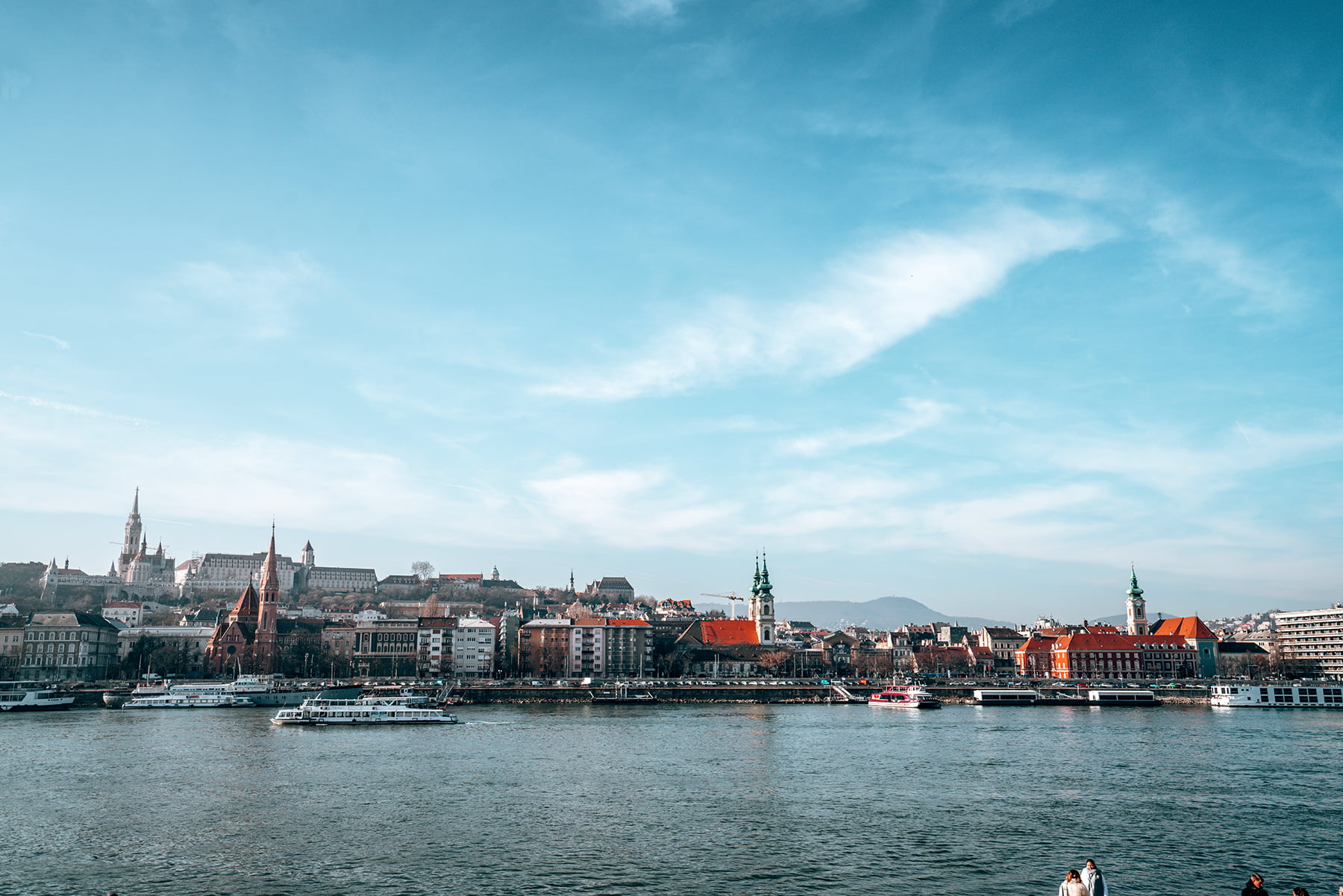
After spending four days in Paris, our next stop was Budapest. I’ve included the logistics of planning a trip to Budapest – I hope this is helpful!
Itinerary
This was our itinerary for our time in Budapest. Read my blog post for things to do (where to eat coming next week) for more details!
Wednesday 1/1: Land in Budapest at 11pm, check into Airbnb around 12:30am
Thursday 1/2: Parliament, Shoes on the Danube, St. Stephen’s Basilica, Szechenyi Chain Bridge, Central Market Hall, Gellert Thermal Bath
Friday 1/3: Fisherman’s Bastion & Matthias Church, House of Terror, Vajdahunyad Castle, Szechenyi Thermal Bath
Saturday 1/4: Rudas Thermal Bath, shopping, ruin bars
Sunday 1/5: Fly home early that morning

Transportation
Getting to and from the airport
We arrived late and left early, so the public transportation system was closed at both times. This left us two options to get into the city: take a taxi or a shuttle. We chose a taxi, because it would be more direct and would get us to our Airbnb quicker. Budapest does not have Uber unfortunately, but the taxis we took were easy to use and reasonably priced.
To take a taxi, walk out the exit and there will be a taxi stand outside. Tell the worker the address you are going to and they will give you a fare estimate in Euros and Hungarian Forints. They will then print out a receipt with the license plate number of the taxi you will be taking. Wait a couple minutes at the curb and your taxi will pull up. Show the driver your receipt and they will take it from there. It’s that easy! When you arrive, you can pay with cash (Euro or Forint) or card. It cost us about $25 USD to get to our apartment.
We had a 6am flight out on our last day, so I called the cab company the evening before asking to make a reservation for 4am the next morning. They didn’t ask for my name or phone number or anything, so I was slightly worried the driver wouldn’t show up. However, we walked down at exactly 4am the next day and the driver was there waiting on us.
Transportation around the city
Budapest is super accessible by using their public transportation system or walking. We took public transportation a lot because it was really cold and it was nice to get a break from being outside. It’s also super cheap! You can buy a book of ten tickets (can be shared between groups of people if you don’t plan on taking ten trips), making it even cheaper at about $1 USD per trip. Tickets are sold at all of the metro stops and some of the busier tram stops.

Weather
We were in Budapest the first few days of January and it was cold! However, we expected that and it wasn’t quite as bad as I thought it would be. Our three days were sunny with no rain. Two of the days had highs in the mid 40s F and lows in the mid 30s. The other day was the chilliest: it didn’t get above 30 F the whole day. The cold was the perfect excuse to stop at a thermal bath each day to warm up.
One thing that was hard to get used to was how early it got dark here! The sun started setting around 3pm and was completely dark by 4. This meant less time for photography and the sun to help warm me up.
What to wear in the winter
I stuck to the basics: a sweater, jeans, long underwear on our cold day, heavy jacket, fleece lined boots, gloves, and a beanie. With all of that, I was never miserable. I really only needed my gloves and beanie on our coldest day and in the evenings.
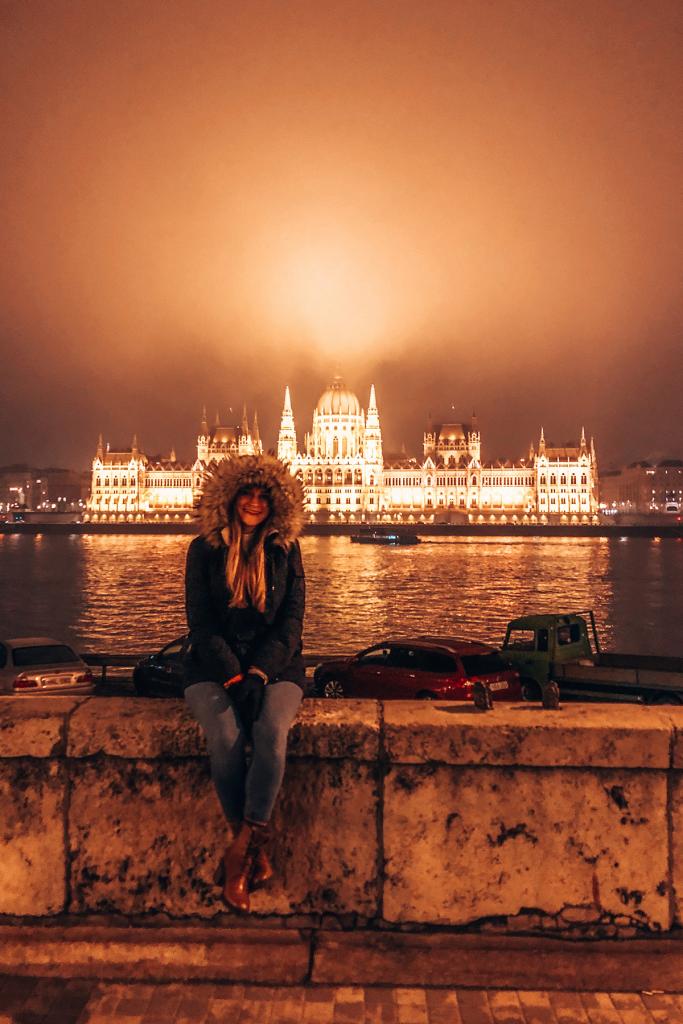
Language
The locals in Budapest speak Hungarian, but most also speak English. All important signs were in both languages and we had no issues.
Where we stayed
We stayed on the Buda side of the city (west of the river) right next to Gellert Thermal Baths. Our original Airbnb was on the Pest side, closer to St. Stephen’s Basilica, but when the host cancelled last minute, we were forced to find a new place. We saw the view from this apartment’s balcony of the Danube River and were convinced we needed to stay here.
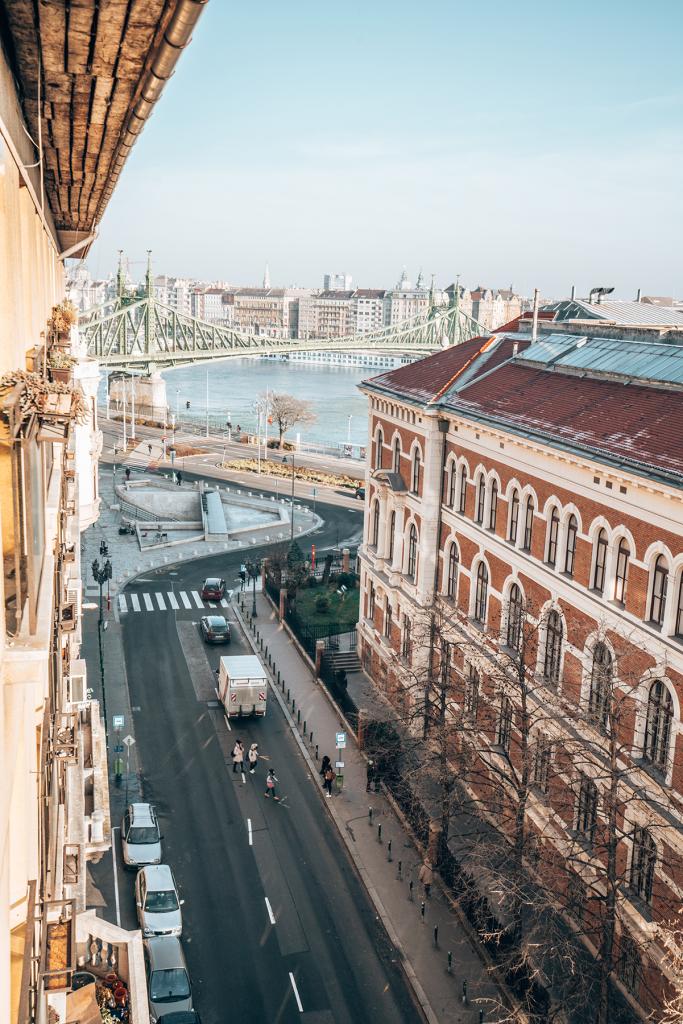
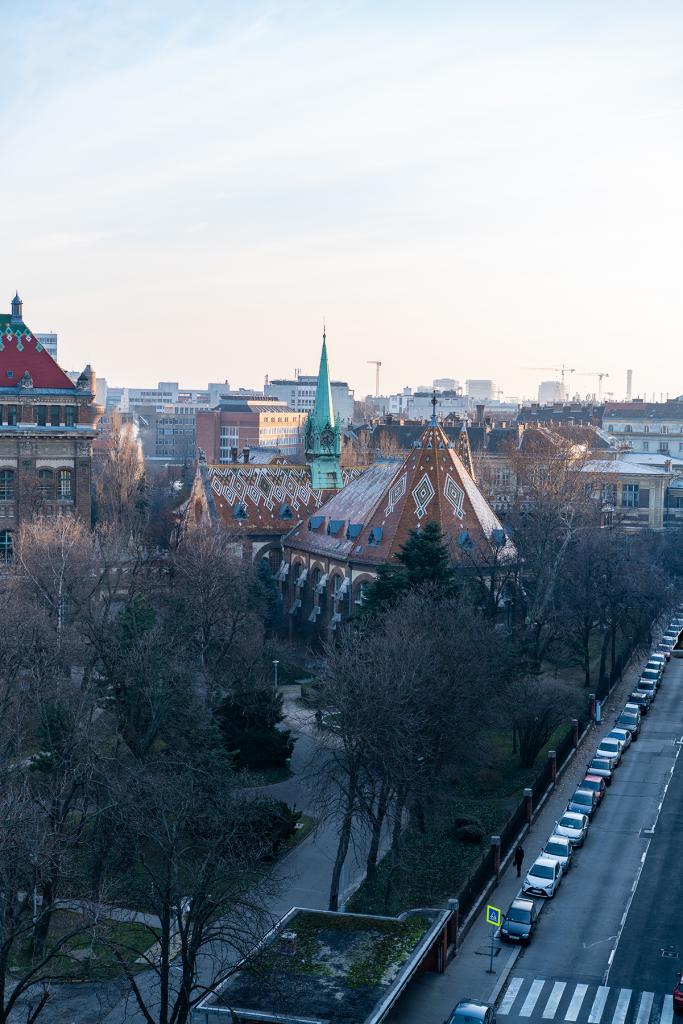
It ended up working out perfectly. We were right next to a metro and tram spot so we could easily get anywhere in the city quickly. The apartment was also within close walking distance to two of the thermal baths we visited, which was a big plus!
Money
Although Hungary is part of the EU, their primary currency is not the Euro, but the Hungarian Forint (HUF). Some places do take Euros, but at a terrible exchange rate. The approximate exchange rate from the forint to US dollar is 310 HUF = 1 USD. This made things quite confusing and our calculators were used more often than not. Fortunately, things are fairly cheap here compared to most places in Europe. We even had a nice meal with drinks for a total of $16 USD!
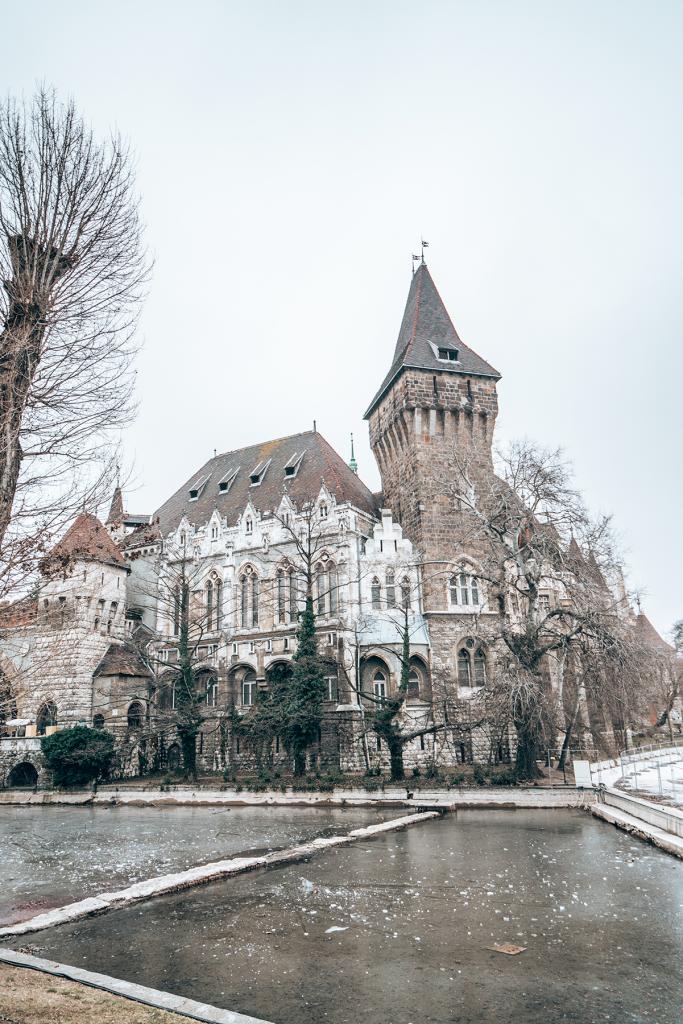
Costs per person in 2020
Flight from CDG to BUD (including baggage fees): $275
Lodging 4 nights: $145
Food & drinks: $130
Activities: $70
Transportation (taxis & public transportation): $40
Souvenirs: $110
TOTAL: $770
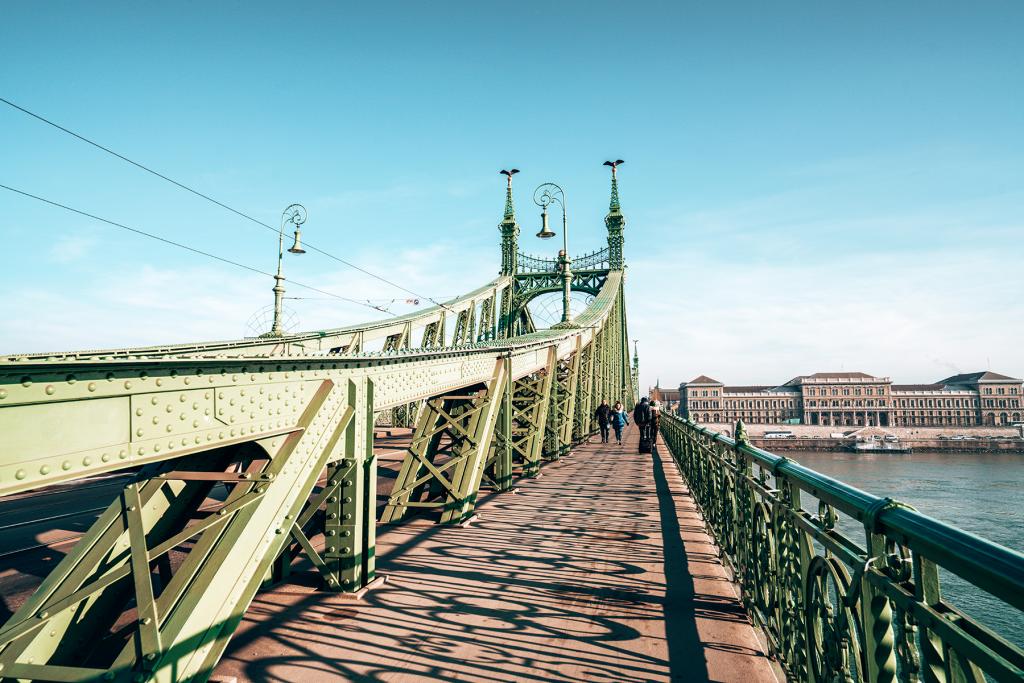
Overall Thoughts
I loved Budapest and would love to come back! Having been here in the winter, I’d say I would probably prefer traveling here in the winter versus the summer because there are less crowds and thermal baths feel that much better.
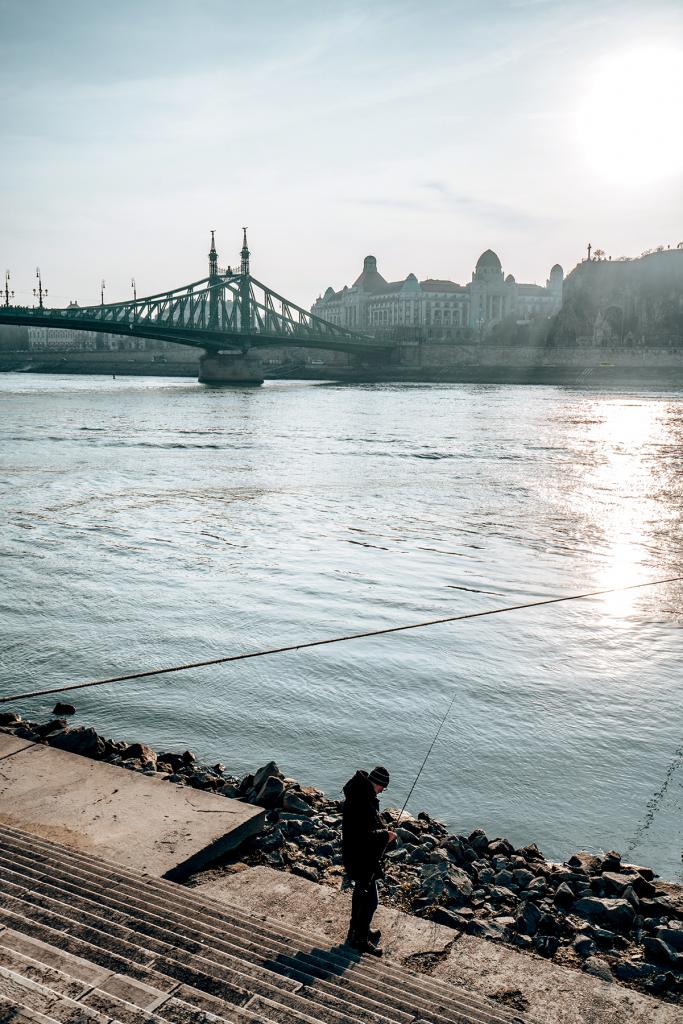
You may also be interested in these posts:
What To Do With Three Days in Budapest
Where to Eat and Drink in Budapest
16 Photos That Will Make You Want to Visit Budapest


